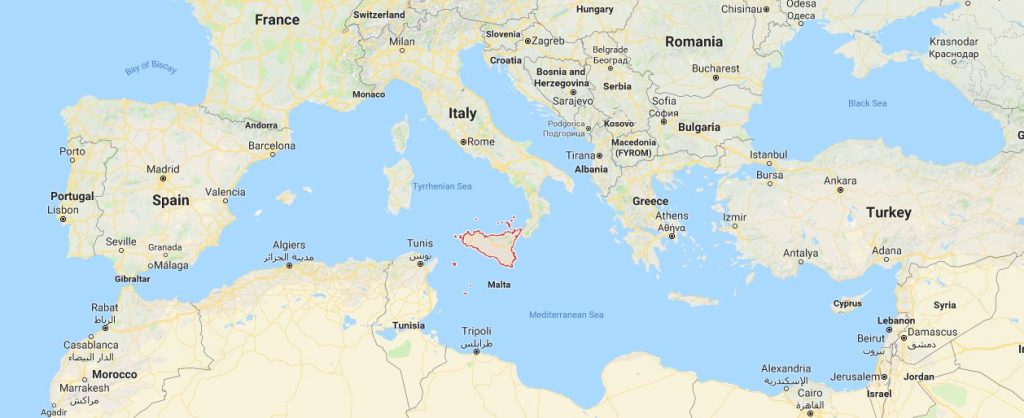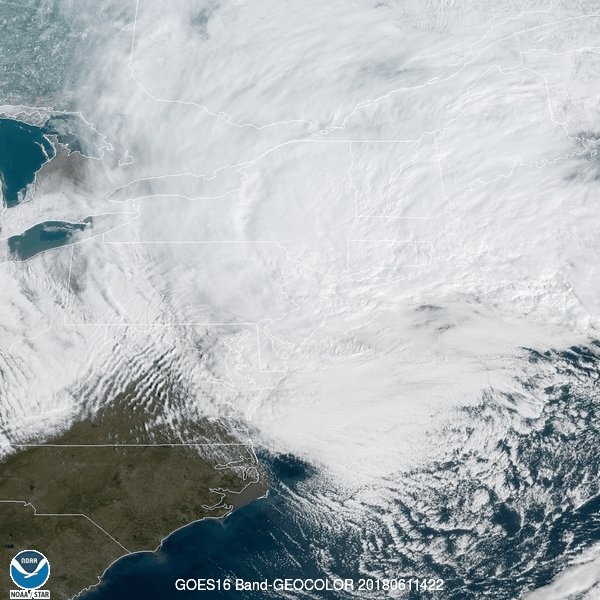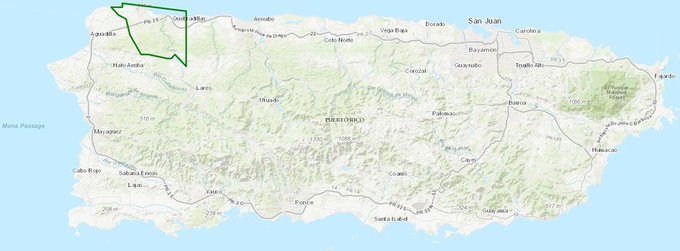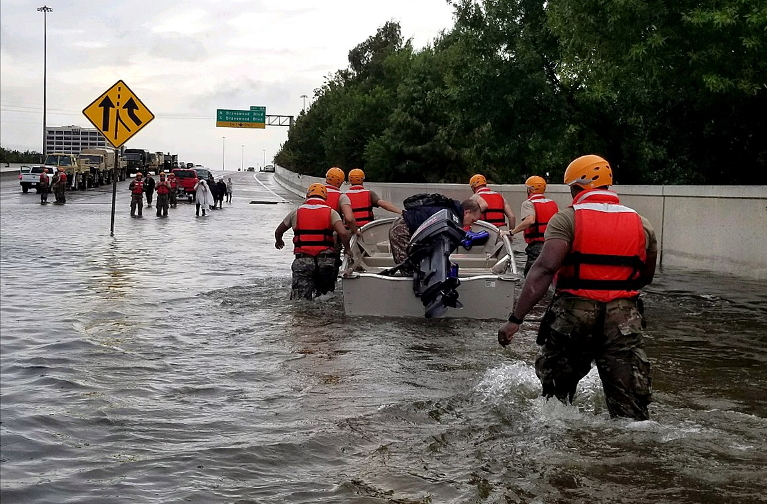Spotted by @NOAASatellites‘ #GOES16 satellite: today’s #noreaster is seen spinning off the Atlantic Northeast. This storm is slamming the East Coast with intense winds, snow, rain and hail. More: https://www.star.nesdis.noaa.gov/GOES/GOES16_sector_band.php?sector=ne&band=GEOCOLOR&length=24 …
At least seven people were dead after a “monster nor’easter” – officially called Winter Storm Riley – slammed the northeastern United States on Saturday, leaving a trail of flooded streets, power outages and brutal winds.
A 6-year-old boy died in Virginia after a tree fell on his family’s home, officials said. Others include an 11-year-old boy hit by a falling tree in New York state, a 57-year-old man in Upper Merion, Pennsylvania, hit by a tree while in his car and a 77-year-old woman struck by a branch outside her home in Baltimore.

The storm strengthened rapidly Friday, undergoing what’s known as bombogenesis or “bombing out,” when a low-pressure system drops 24 millibars in 24 hours. It was the second “bomb cyclone,” to hit the region after a similar storm hit the northeast back in early January. home in Baltimore.

According to Reuters, almost 2.4 million homes and businesses had no power in the Northeast and Midwest early on Saturday. Some utility companies warned customers that power might not be restored until later in the day or Sunday.

New York City saw a mix of rain, snow, sleet and winds that wrapped up by evening. Over 4 inches of rain fell in eastern Long Island and parts of eastern Massachusetts.
…click on the above link to read the rest of the article…











 “Major parts of Scotland’s vital infrastructure are under threat from coastal erosion and flooding, according to the latest government assessments of the dangers of climate change.
“Major parts of Scotland’s vital infrastructure are under threat from coastal erosion and flooding, according to the latest government assessments of the dangers of climate change. The flooding over Houston has become absolutely devastating, and now it is officially record-breaking. Parts of Southeast Texas have now seen 50 inches of rain since Friday — and the rain is still falling.
The flooding over Houston has become absolutely devastating, and now it is officially record-breaking. Parts of Southeast Texas have now seen 50 inches of rain since Friday — and the rain is still falling.








 I wrote a post a couple of weeks ago targeting the BBC for biased reporting on energy and climate issues. It was never published because in writing it I realised that the the problem did not necessarily lie with the BBC but with the climate science fraternity. Another alarmist article appeared in Blowout last week covered by the BBC with the headline “
I wrote a post a couple of weeks ago targeting the BBC for biased reporting on energy and climate issues. It was never published because in writing it I realised that the the problem did not necessarily lie with the BBC but with the climate science fraternity. Another alarmist article appeared in Blowout last week covered by the BBC with the headline “ The FT also picked up this story citing implications for hydroelectric power and insurers which may well be used as an excuse to raise premiums, yet again. The scientific article in question was published in Science and I decided to have a closer look.
The FT also picked up this story citing implications for hydroelectric power and insurers which may well be used as an excuse to raise premiums, yet again. The scientific article in question was published in Science and I decided to have a closer look.

 Heavy rainfall affected airline passengers in Canada’s busiest airport on Friday, while voluntary evacuation orders were in effect in some areas of Ontario and Quebec.
Heavy rainfall affected airline passengers in Canada’s busiest airport on Friday, while voluntary evacuation orders were in effect in some areas of Ontario and Quebec.

